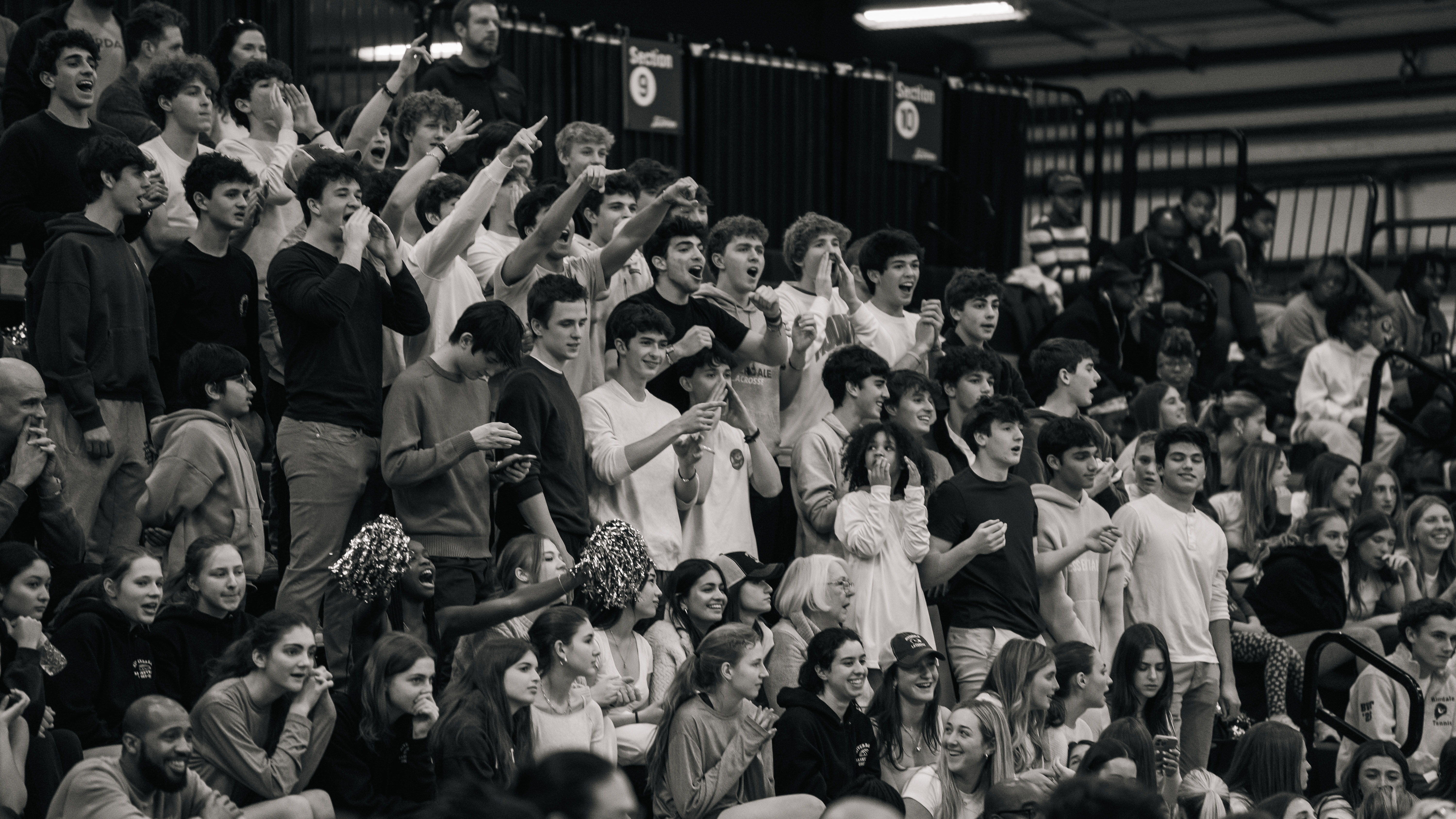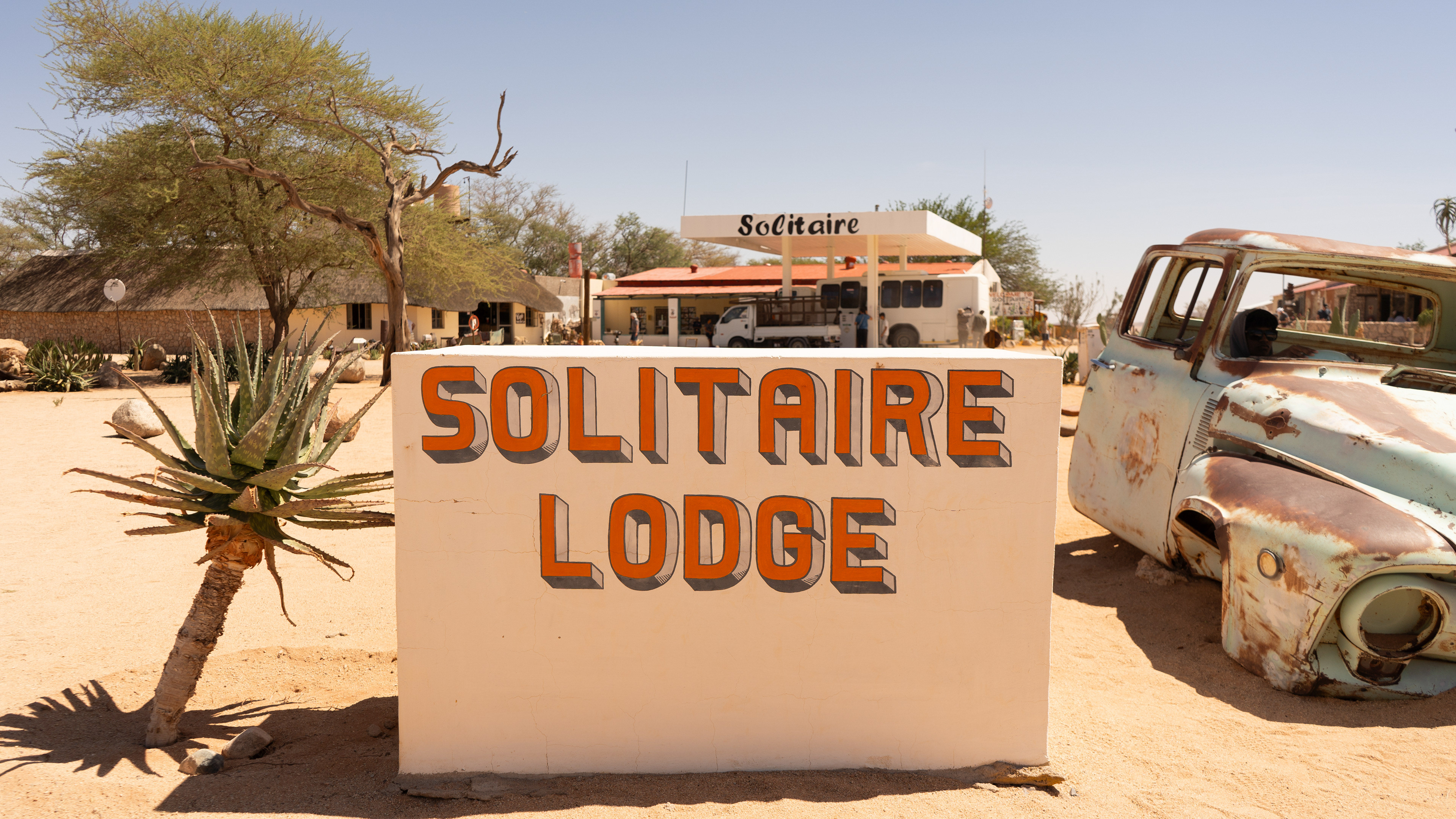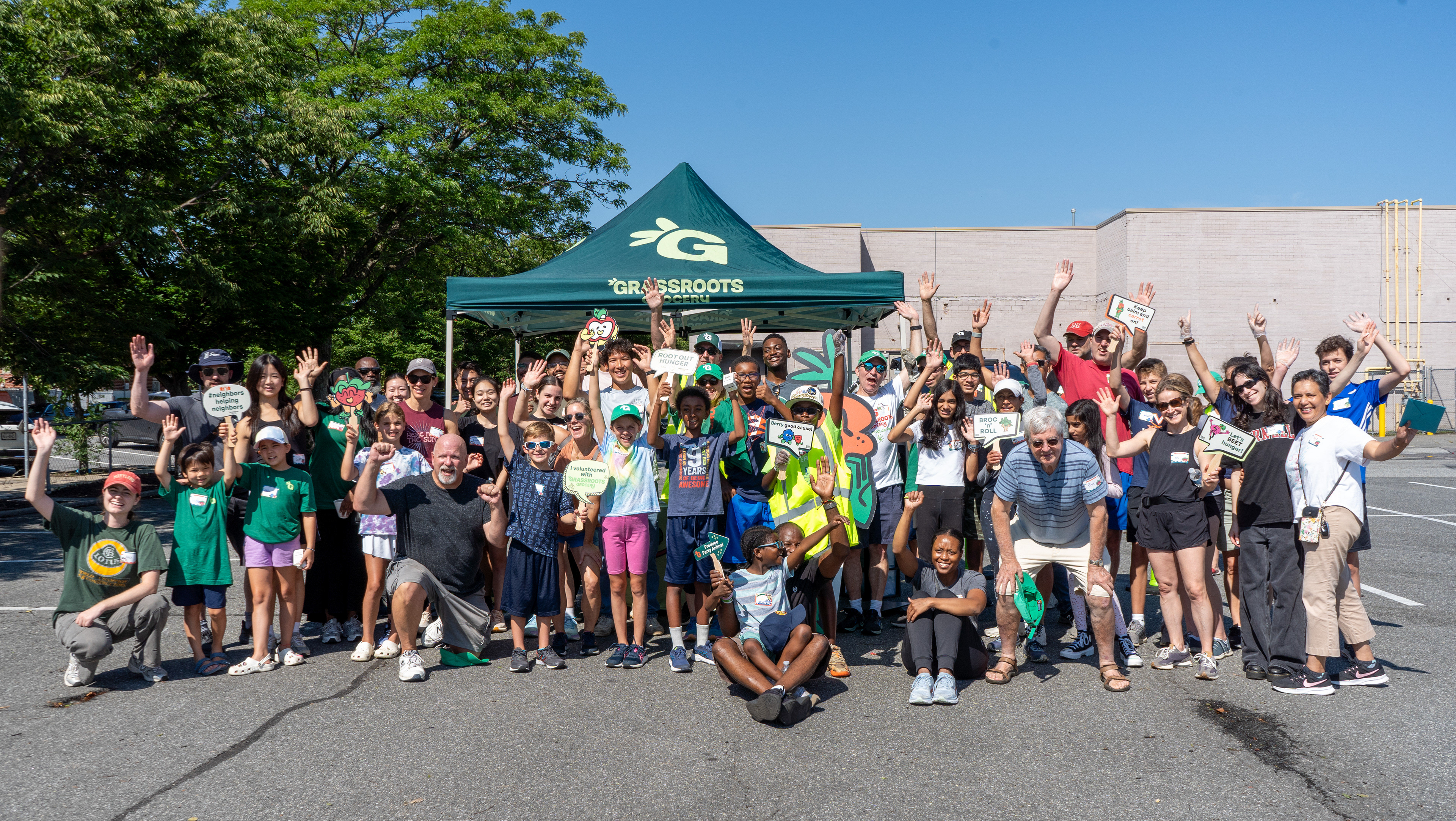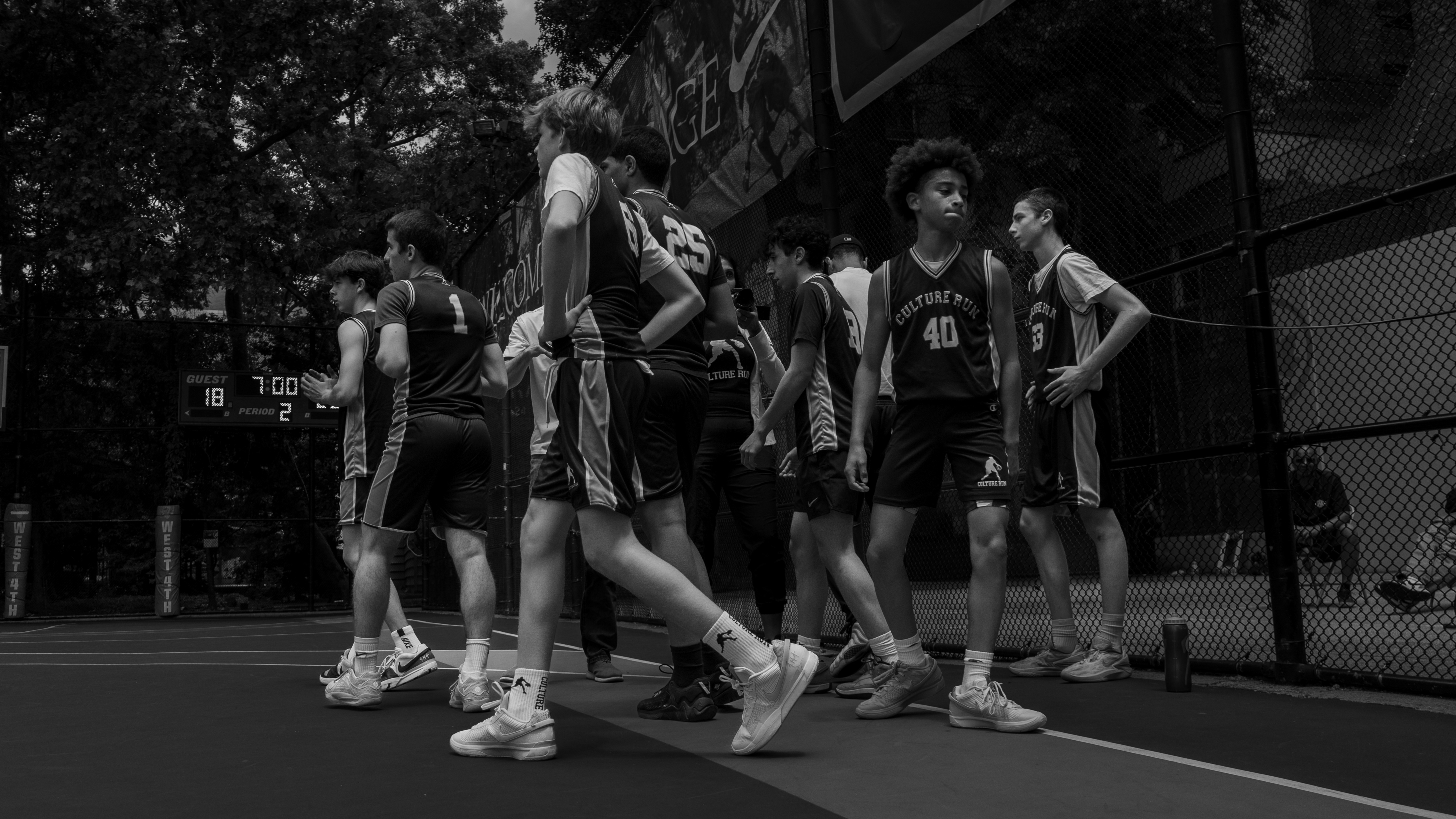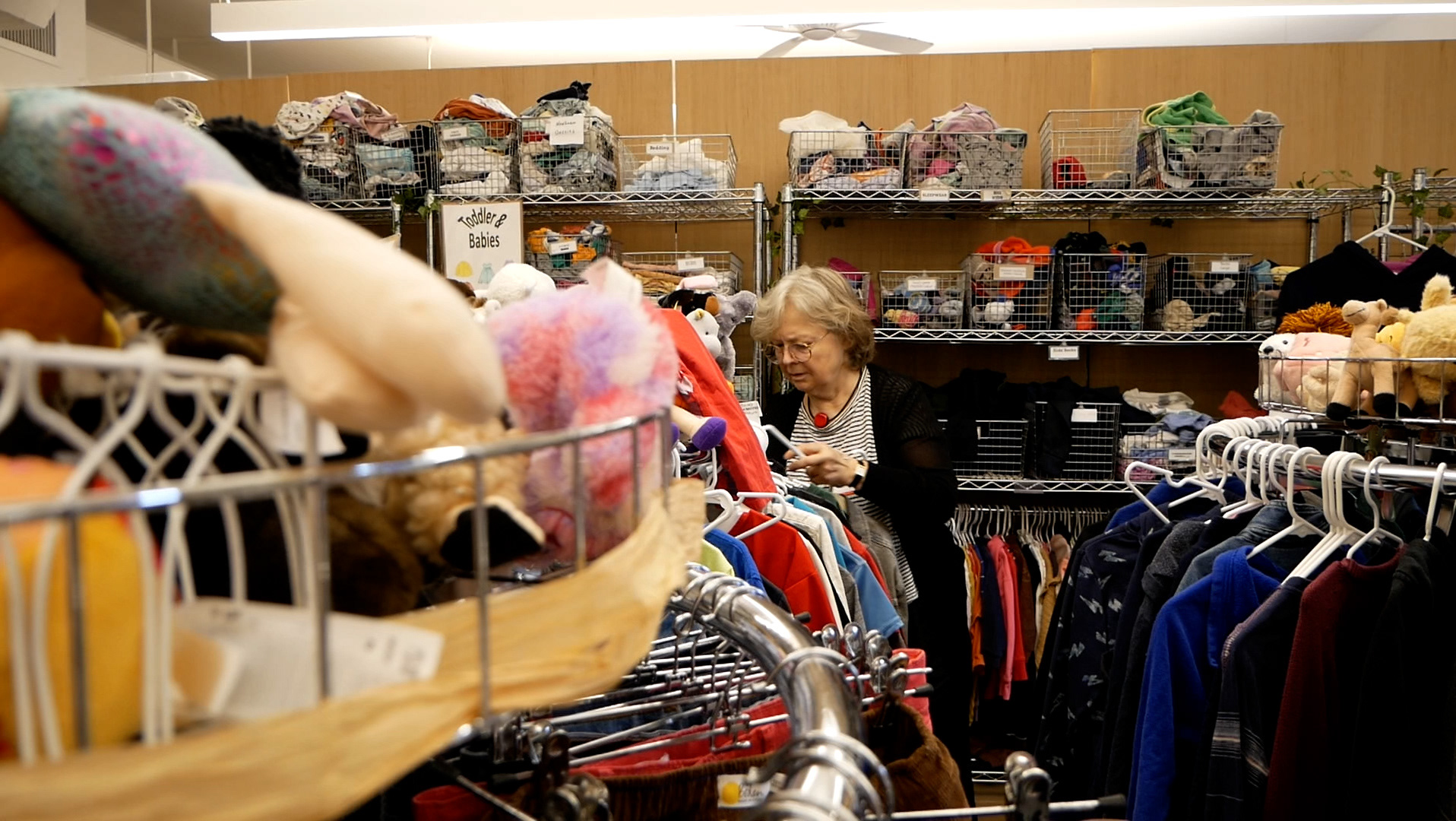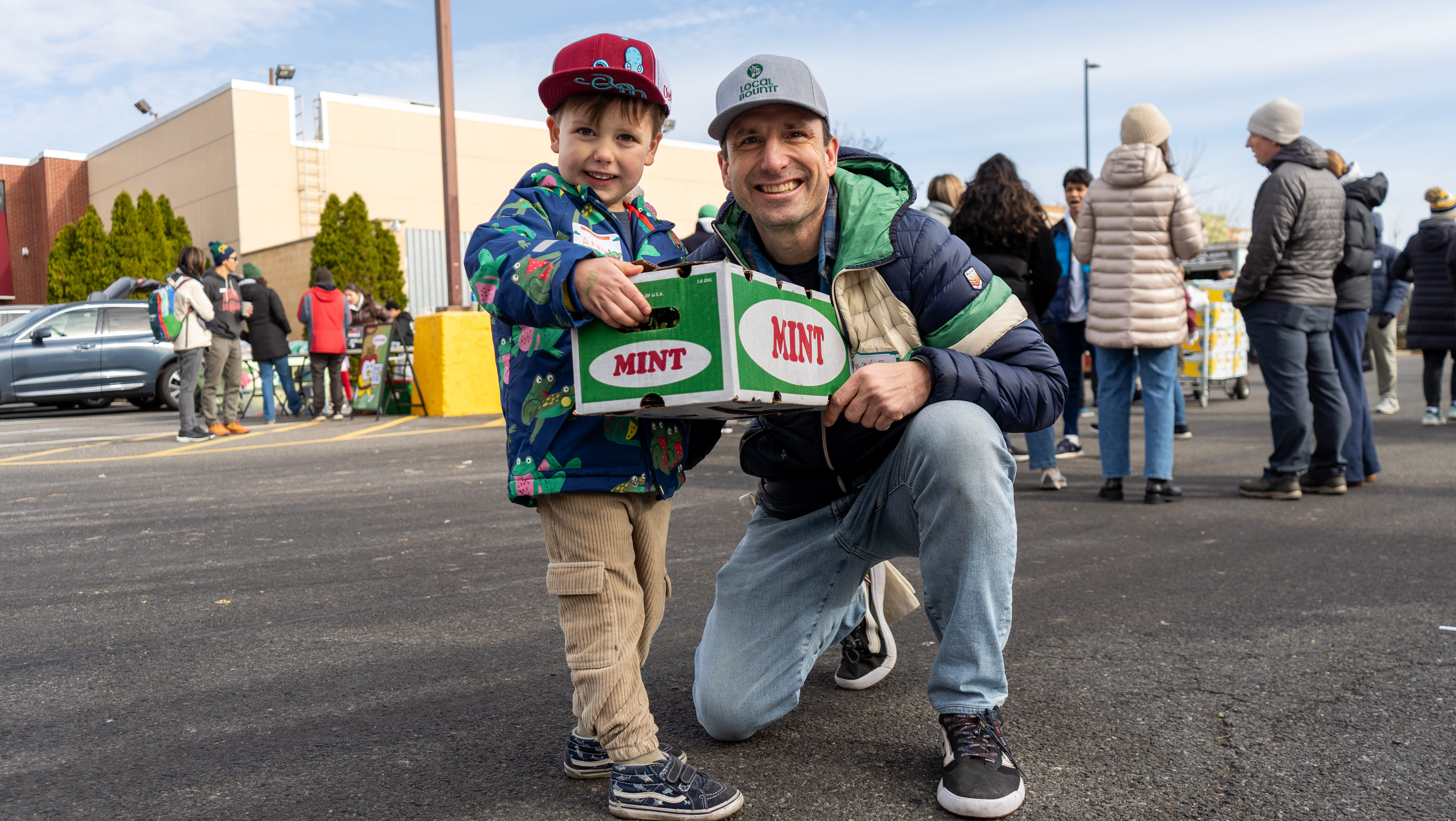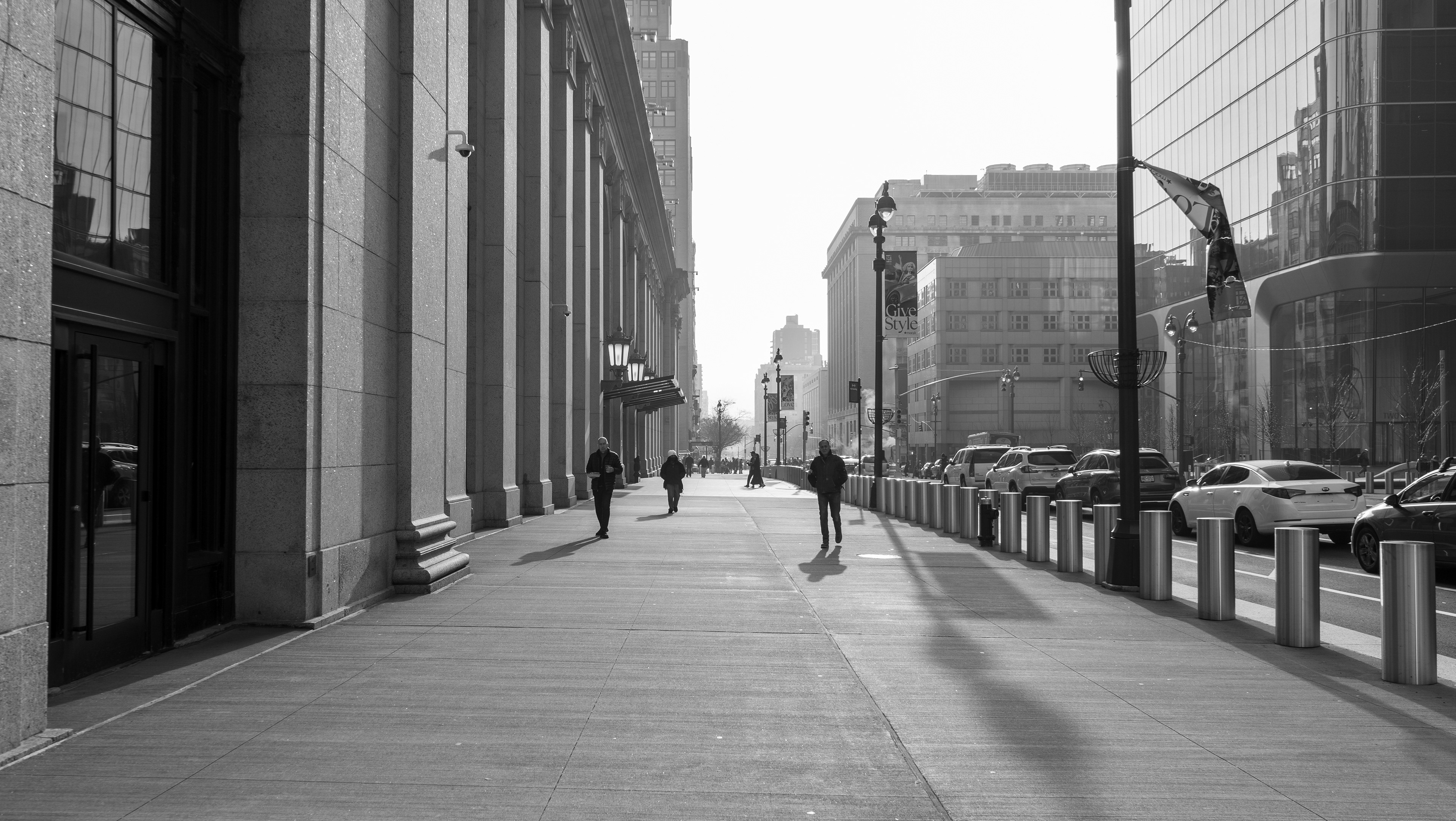For the love of fonts! (A tribute to the most overlooked characters in Chinatown)
___
By Grant Knight
Photography by Grant Knight
Chinatown is a place where tradition thrives alongside progress. This is evident not just in the neighborhood's bustling streets and delicious cuisine, but also in the subtle details that line its walls - the signage. This photo essay explores the changing fonts of Chinatown's storefronts, offering a glimpse into the neighborhood's history, its enduring spirit, and its ongoing cultural evolution.
From hand-painted characters in ornate calligraphy, a testament to the neighborhood's deep roots, to the introduction of western-adapted fonts that bridge the gap between cultures, these signs tell a story of resilience, adaptation, and the enduring power of visual language. Whether it's the classic charm of a neon sign in a familiar typeface or the minimalism of a modern digital display, Chinatown's signage reflects the dynamic relationship between tradition and modernity, heritage and accessibility. This essay delves into the fascinating world of Chinatown's fonts, exploring how they not only advertise businesses but also serve as a silent language, speaking volumes about the neighborhood's past, present, and ever-evolving identity.
Address: 67 Mott St, New York, NY 10013
This photo captures a piece of Chinatown history: the iconic red sign of Big Wong restaurant, circa 1978. Back then, Chinatown was a immigrant community, and Big Wong was one of the first restaurants to introduce New Yorkers to the wonders of Cantonese cuisine.
The bold red sign, with its classic font and vibrant yellow characters, beckoned passersby with the promise of delicious new flavors. In 1978, Chinatown was still a hidden gem for many New Yorkers, and Big Wong was a gateway to a whole new world of culinary cuisine.
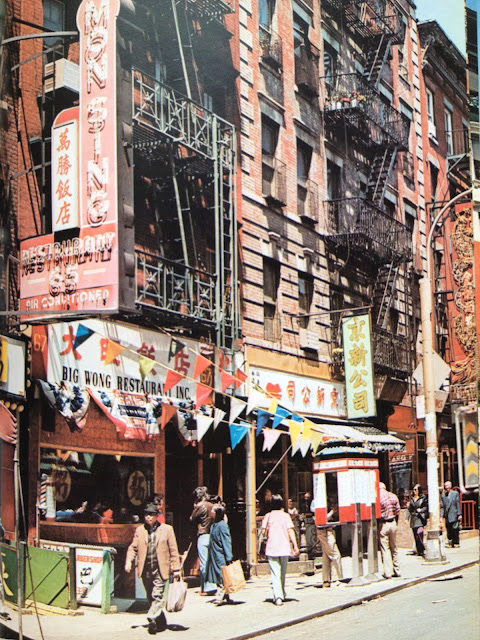

This photo isn't just about a restaurant sign; it's a reminder of a time and place where cultures collided and new tastes were born. It also offers a glimpse into the evolution of signage. Compared to today's often digitally driven displays, this hand-painted sign reflects a more handcrafted approach. The slightly weathered look speaks to the passage of time and the enduring character of this Chinatown establishment.
Address: 60 Bayard St, New York, NY 10013
I chose to make this photo black and white because it emphasizes details, potentially revealing architectural elements that hint at the restaurant's age or style.
Address: 61 Mott St, New York, NY 10013
Address:10 Bowery, New York, NY 10002
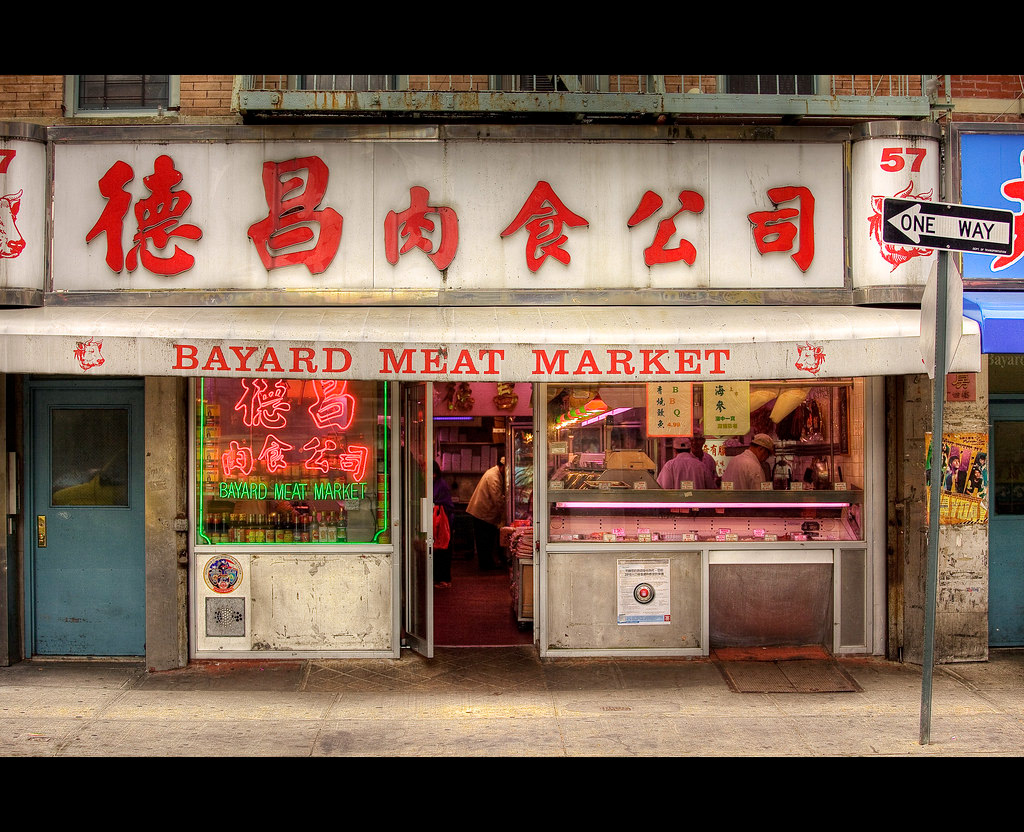
Andrew Mohrer
Chinatown Chronicles : Bayard Meat Market
Chinatown Chronicles : Bayard Meat Market
Address: 57 Bayard St A, New York, NY 10013
The iconic Bayer Meat Market, a beloved institution in New York's Chinatown for decades, has recently undergone a vibrant facelift. The once familiar white storefront has given way to a striking sky blue backdrop, adorned with bold red lettering that commands attention.
Address: 17 Mott St, New York, NY 10013
Wo Hop Restaurant is recognized as the second oldest and best restaurant in all of New York City's Chinatown. The traditional and old-fashioned Chinese restaurant opened in 1938. It was recently honored with the 2022 James Beard America's Classics award for its "timeless appeal and reflection of its community."
Address: 12 Pell St # 4, New York, NY 10013
This charming sign for Lee Lee Beauty & Hair Salon captures the essence of a traditional Chinatown business. The use of both English and Chinese characters reflects the neighborhood's bilingual identity, while the blue and yellow complementary color scheme creates a warm and inviting feel.
Chinatown is home to many small businesses like Lee Lee's, each with its own unique character and history. These signs are more than just advertising; they're a visual record of the neighborhood's vibrant culture.
